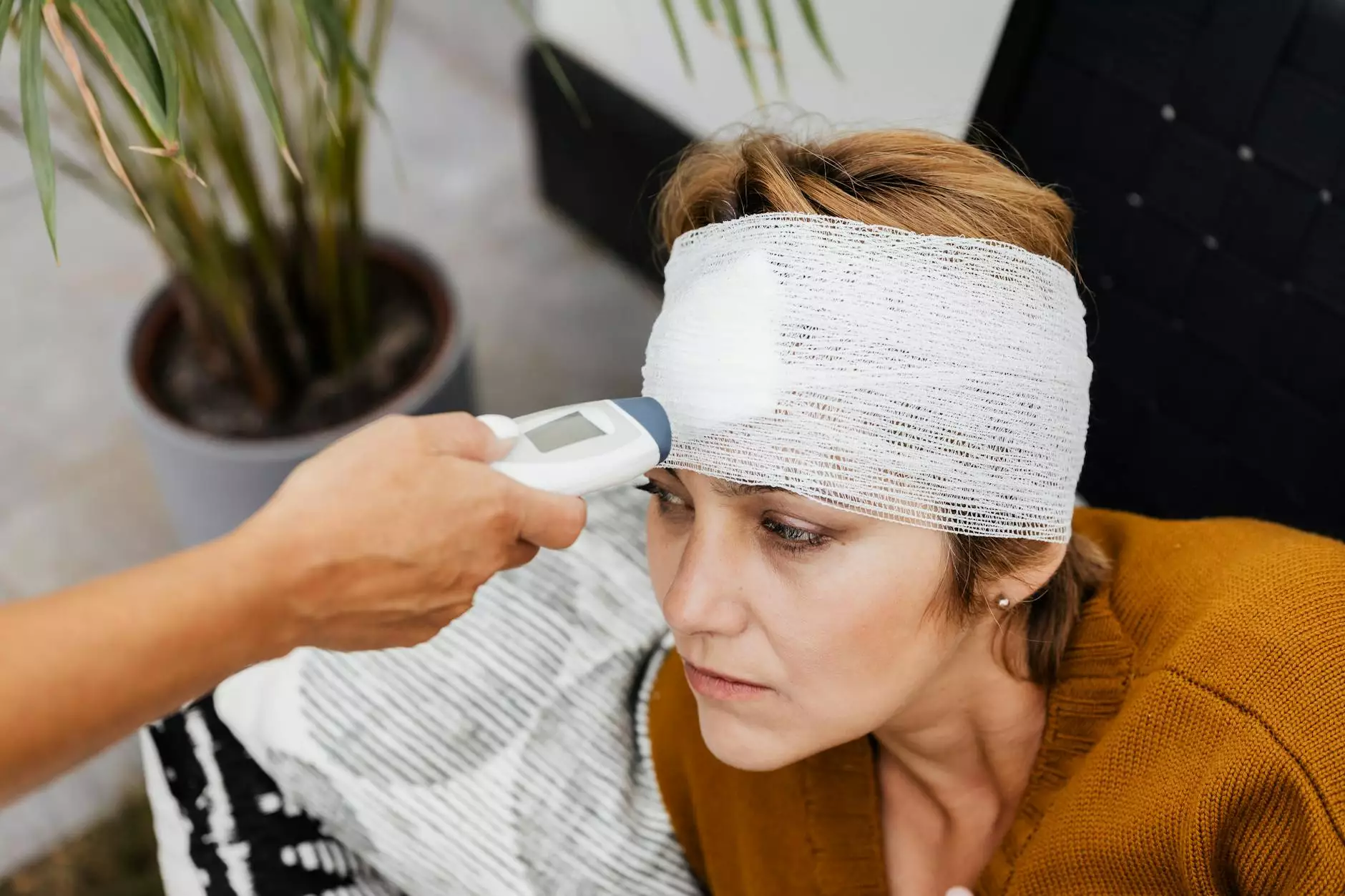4 Essential At-Home Pain Management Techniques
Physical Therapy
Welcome to Bowling Orthopaedics, your trusted source for expert advice on pain management techniques. In this article, we will discuss four essential at-home pain management techniques that can help you alleviate pain right from the comfort of your own home.
1. Hot and Cold Therapy
Hot and cold therapy is a proven method for managing various types of pain. Heat therapy helps relax muscles and increase blood flow to the affected area, providing relief from muscle stiffness, spasms, and joint pain. On the other hand, cold therapy reduces inflammation, numbness, and helps alleviate acute pain.
To apply heat therapy, you can use a heating pad, warm towel, or take a warm bath. It is important to avoid using extreme heat as it may damage your skin. Cold therapy can be achieved by using ice packs, cold compresses, or even a bag of frozen vegetables wrapped in a towel. Make sure to use a barrier, such as a cloth, between your skin and the cold source to prevent frostbite.
2. Mind-Body Techniques
Managing pain involves not just physical interventions but also addressing the mental and emotional aspects. Mind-body techniques such as meditation, deep breathing exercises, and progressive muscle relaxation can help reduce pain and promote overall well-being.
Meditation allows you to focus your mind and redirect your thoughts, creating a sense of calm and relaxation. Deep breathing exercises help regulate your breathing, reducing stress and tension. Progressive muscle relaxation involves systematically tensing and relaxing different muscle groups, promoting muscle relaxation and easing pain.
3. Exercise and Stretching
Physical activity is crucial for maintaining optimal health and managing pain. Engaging in regular exercise and stretching routines can help improve flexibility, strengthen muscles, and reduce pain and stiffness.
Low-impact exercises like walking, swimming, or cycling can be highly beneficial for individuals experiencing joint pain or chronic conditions. These activities provide cardiovascular benefits without placing excessive strain on the joints. Additionally, stretching exercises help improve joint range of motion and relieve muscle tension.
4. Over-the-Counter Pain Relievers
Over-the-counter (OTC) pain relievers can provide temporary relief from mild to moderate pain. Common OTC pain relievers include nonsteroidal anti-inflammatory drugs (NSAIDs) like ibuprofen and acetaminophen.
Before using any OTC pain relievers, it is important to carefully read and follow the instructions on the packaging. If you have any underlying health conditions or are taking other medications, consult with your healthcare provider to ensure these medications are safe for you to use.
Remember, while these techniques can help manage pain, it is always important to consult with a healthcare professional for a proper diagnosis and comprehensive treatment plan. At Bowling Orthopaedics, we are dedicated to providing you with the best possible guidance and support for your pain management needs.
Start incorporating these essential at-home pain management techniques into your daily routine and experience relief from pain in the comfort of your own home.




